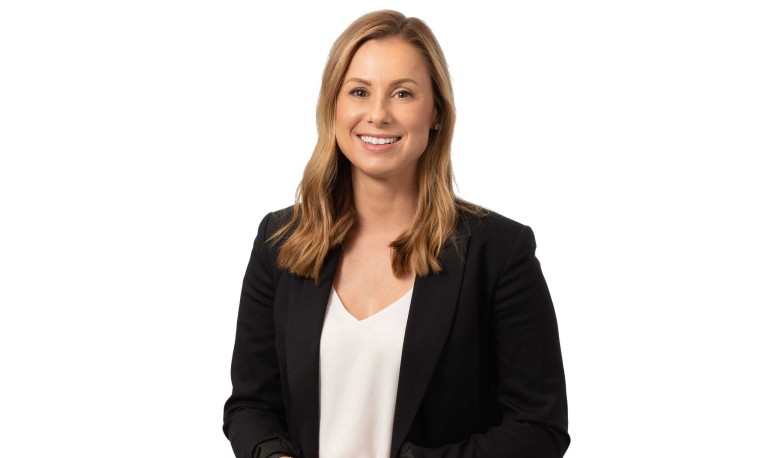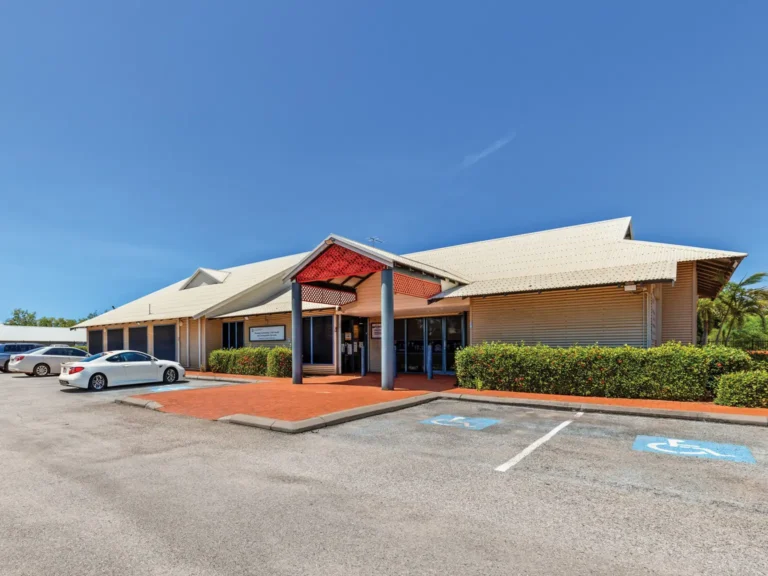
Natalie Couper
Early Education Specialist
Can you provide an overview of the early learning sector in Australia and how it has evolved?
“The early education sector has experienced substantial transformation over the years. In the past, options for childcare were limited to either local council-operated kindergartens or at-home care. However, the demand for longer hours of care due to increased parental workforce participation resulted in privately owned and operated centres.
First established in Queensland and spearheaded by the likes of ABC Learning (now Goodstart EL) and what is now G8 Education, this model gradually spread across the eastern seaboard and throughout the country, ultimately evolving into the framework we recognise today.’
What are the fundamental drivers of early learning?
“The driving force behind the increased need for additional early learning facilities has been the cost of living, where both parents now need to contribute to the household income. Women in the workforce now sit at 61.7 percent, according to ABS statistics.
The Federal Government plays a crucial role in providing families access to affordable early education through various subsidies, with $12 billion allocated to the sector in 2022. This ongoing financial support will consequently ensure the cost to families remains affordable which will therefore increase the demand for childcare places.’
Why is early learning appealing as an investment?
“Early learning is considered an essential service, making them an incredibly defensive investment. Additionally, centres are typically located on large high-profile sites with high underlying land value whilst also being underpinned by highly profitable businesses.
Unlike other commercial investments, early learning is a care-based service that cannot be replicated or replaced by technology, only enhanced.’
What changes have you seen in people’s interest in investing in early learning assets?
“Early learning has always been a highly sought-after investment choice. It was one of the first sectors to receive specific government funding ahead of big business in the wake of the COVID pandemic.
Historically it has also been less impacted by economic cycles than any other property sector.
These factors coupled with high-performing tenants on long leases make for a compelling investment.
We’ve also seen an increase in cross-border transactions as investors seek out upside contributors such as land tax and stamp duty savings. Burgess Rawson’s national sales of early learning assets have exceeded $2 billion, with most transactions taking place in the southeast seaboard, mainly due to denser populations. However, we are seeing a greater number of transactions on the western seaboard too.’
Can you explain the current state of the early learning commercial property market in Australia?
“Despite ten consecutive rate rises, demand for early learning assets remains robust due to the many great reasons for investing in the sector. While other asset classes have seen greater yield retraction, early learning has remained resilient, along with other essential service assets.’
What does the future hold?
“Key drivers now and into the future will remain unchanged including bipartisan federal and state government support, and renewed focus on immigration.
Supply will be required to meet the increased demand with a strong development pipeline Australia-wide, underpinning the sector even further.
We expect the Australian early learning sector to continue to grow, driven by factors such as population growth, increasing female workforce participation, and government subsidies. This in turn will no doubt increase demand for quality early learning facilities and associated properties.’



